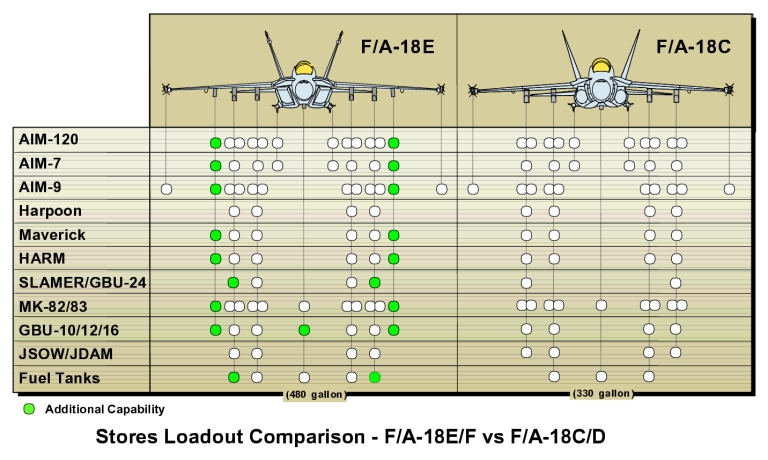Approach
The Carrier Controlled Approach is analogous to ground-controlled approach using the ship's
precision approach radar. Pilots are told (via voice radio) where they are in relation to glideslope and final bearing (e.g., "above glideslope, right of centerline"). The pilot then makes a correction and awaits further information from the controller.
The Instrument Carrier Landing System (ICLS) is very similar to civilian
ILS systems and is used on virtually all Case III approaches. A "bullseye" is displayed for the pilot, indicating aircraft position in relation to glideslope and final bearing. The Automatic Carrier Landing System (ACLS) is similar to the ICLS, in that it displays "needles" that indicate aircraft position in relation to glideslope and final bearing. An approach utilizing this system is said to be a "Mode II" approach. Additionally, some aircraft are capable of "coupling" their
autopilots to the glideslope/azimuth signals received via
data link from the ship, allowing for a "hands-off" approach. If the pilot keeps the autopilot coupled until touchdown, this is referred to as a "Mode I" approach. If the pilot maintains a couple until the visual approach point (at 3/4 mile) this is referred to as a "Mode IA" approach.
The Long Range Laser Lineup System (LLS) uses eye-safe
lasers, projected aft of the ship, to give pilots a visual indication of their lineup with relation to centerline. The LLS is typically used from as much as 10 nmi until the landing area can be seen at around 1 nmi.
Regardless of the case recovery or approach type, the final portion of the landing (3/4 mile to touchdown) is flown visually. Line up with the landing area is achieved by lining up painted lines on the landing area centerline with a set of lights that drops from the back of the flight deck. Proper glideslope is maintained using the Fresnel lens
Optical Landing System (FLOLS), Improved Fresnel Lens Optical Landing System (IFLOLS),
[14] or Manually Operated Visual Landing Aid System (MOVLAS).
If an aircraft is pulled off the approach (if the landing area is not clear, for example) or is waved off by the LSO (for poor parameters or a fouled deck), or misses all the arresting wires ("
bolters"), the pilot climbs straight ahead to 1,200 feet to the "bolter/wave-off pattern" and waits for instructions from approach control.

